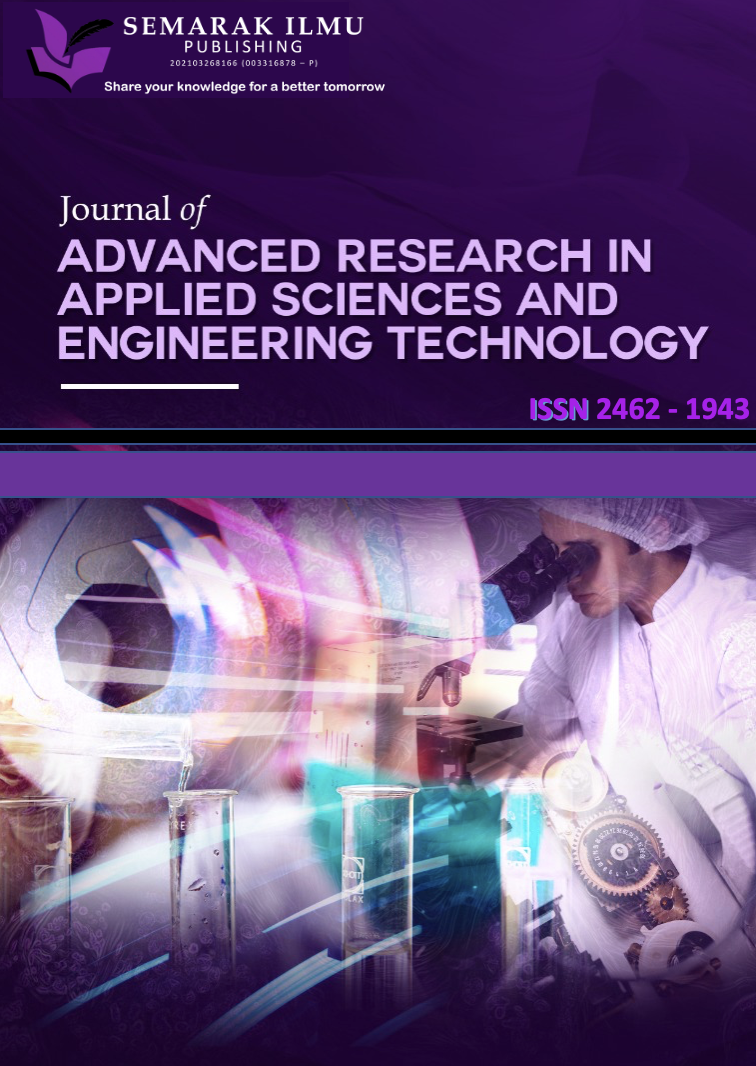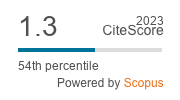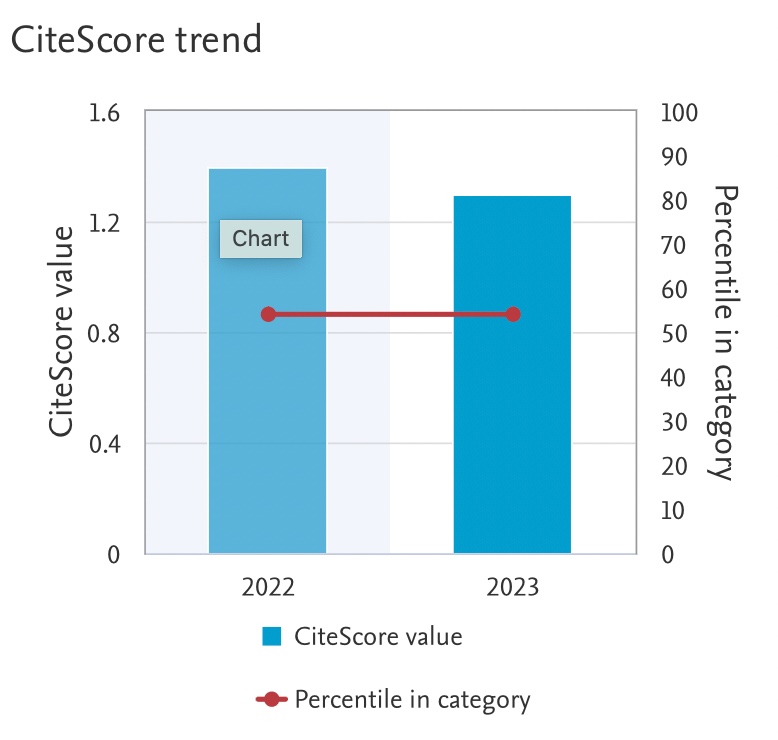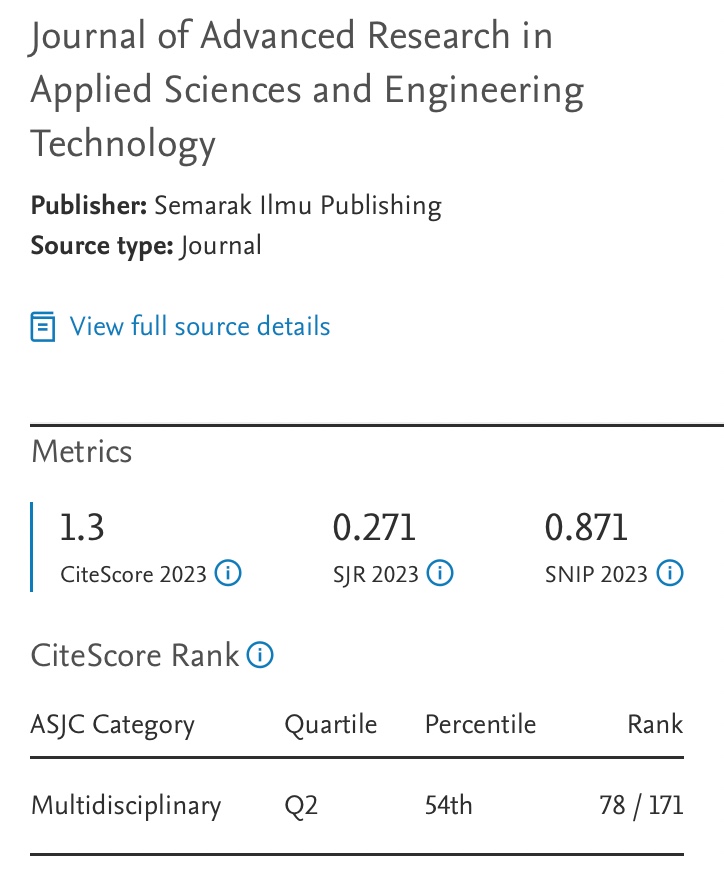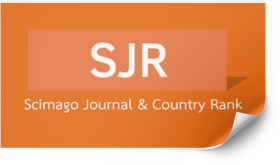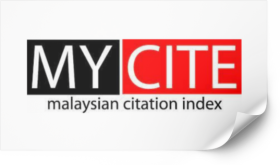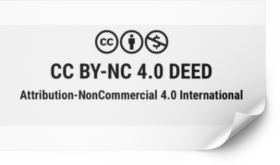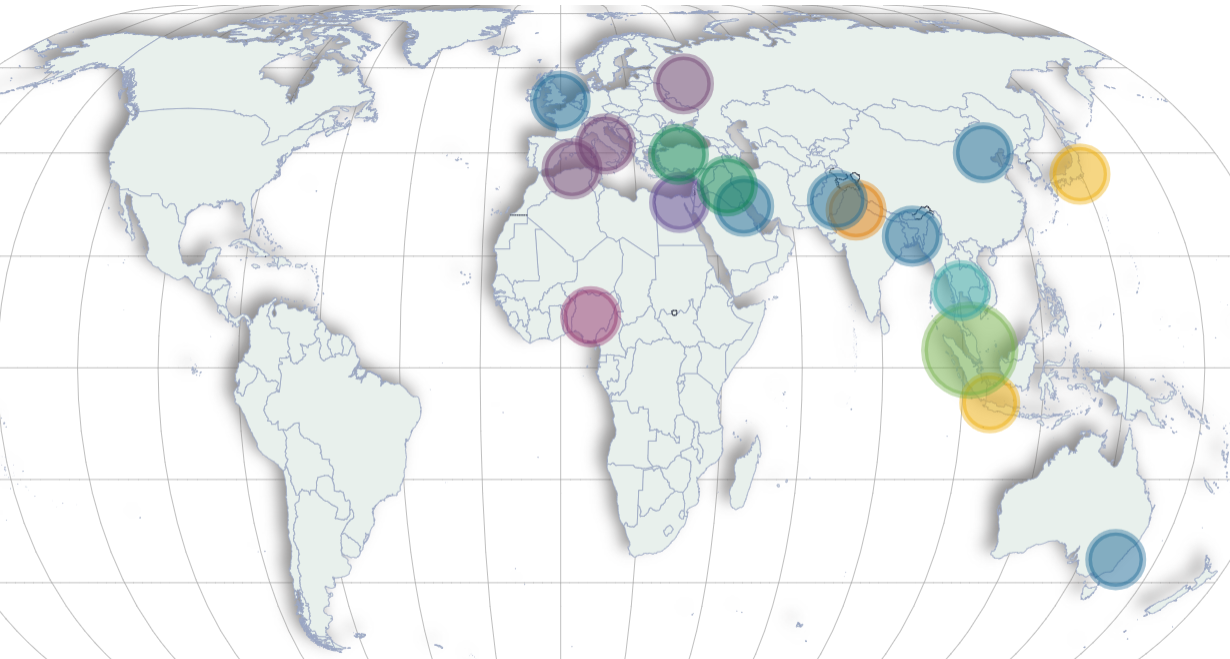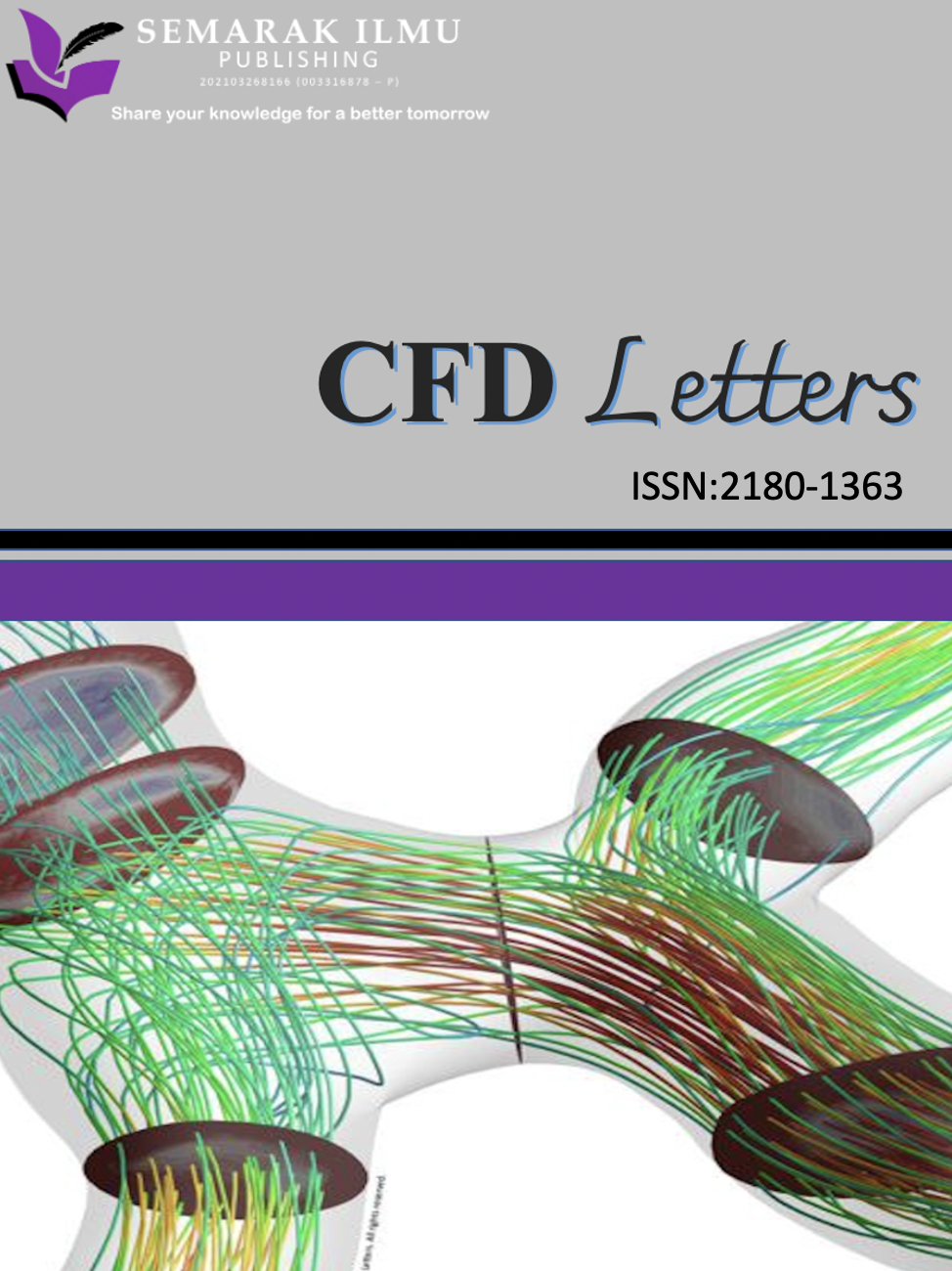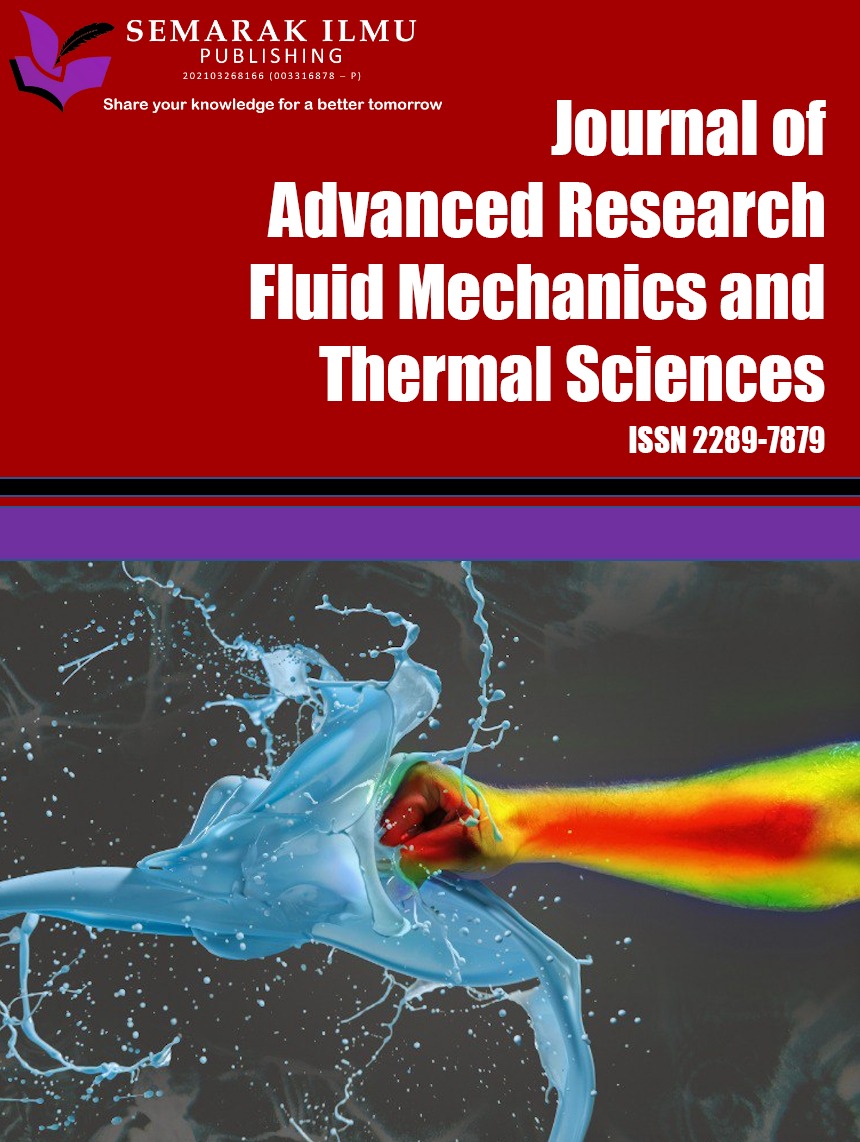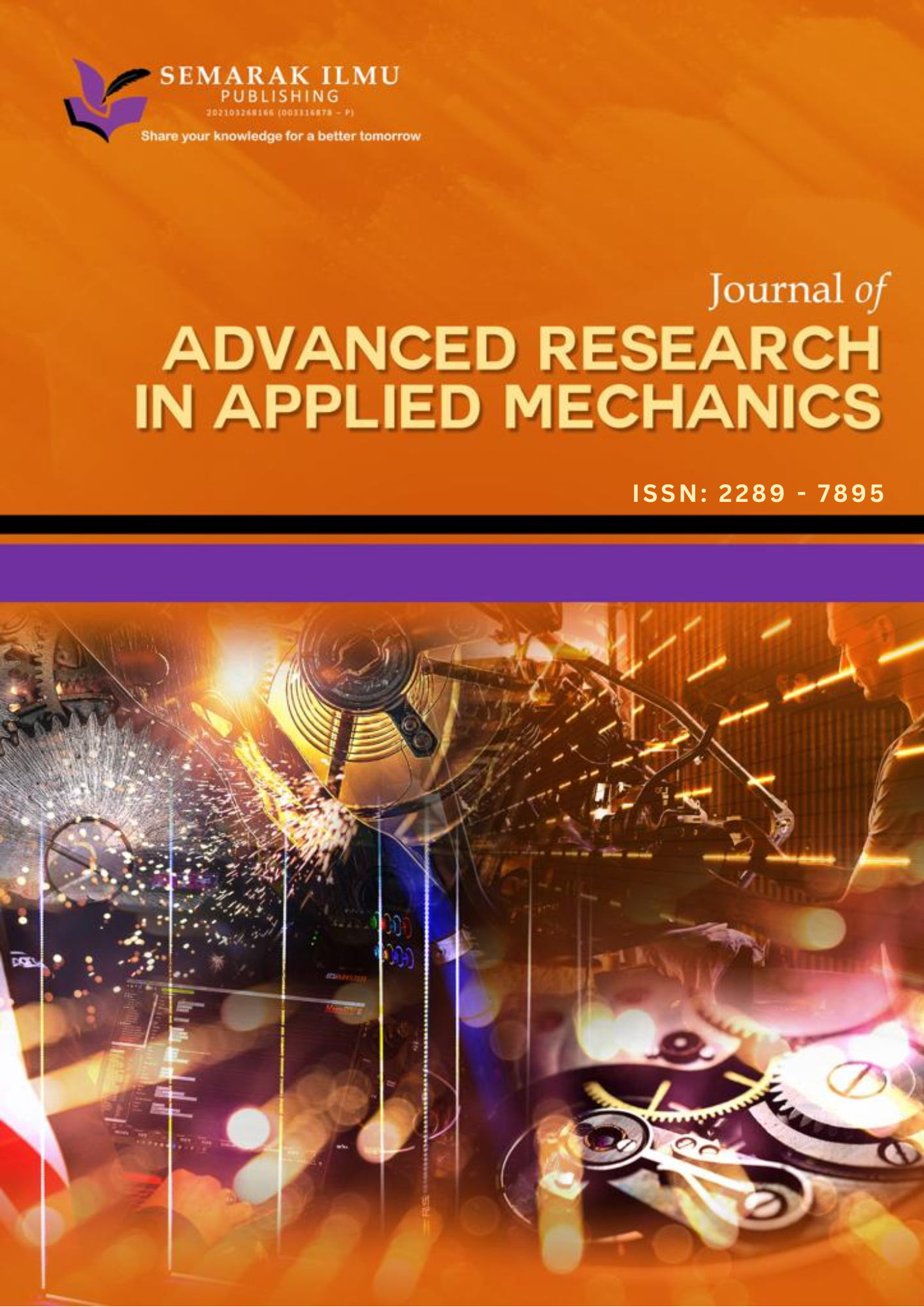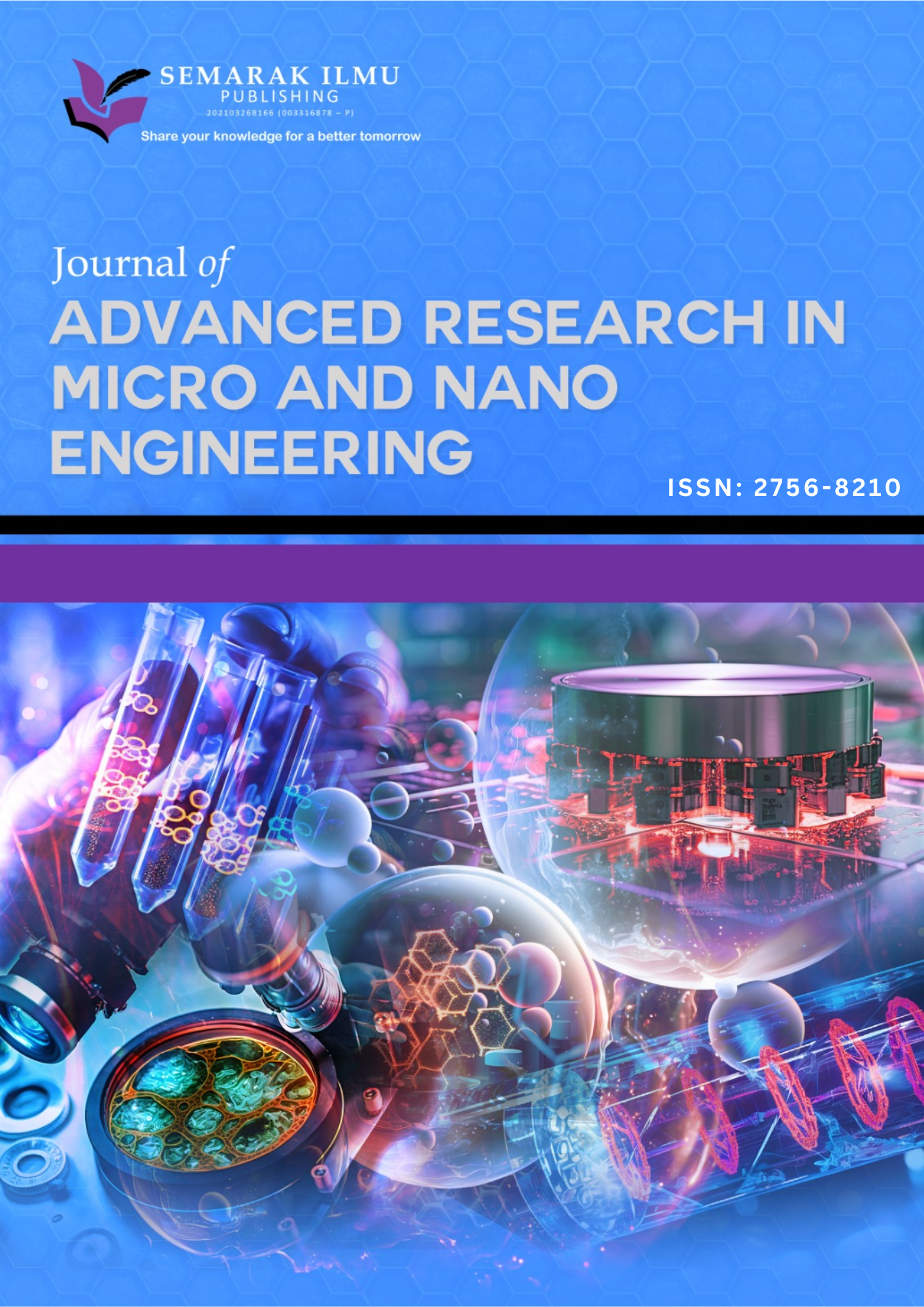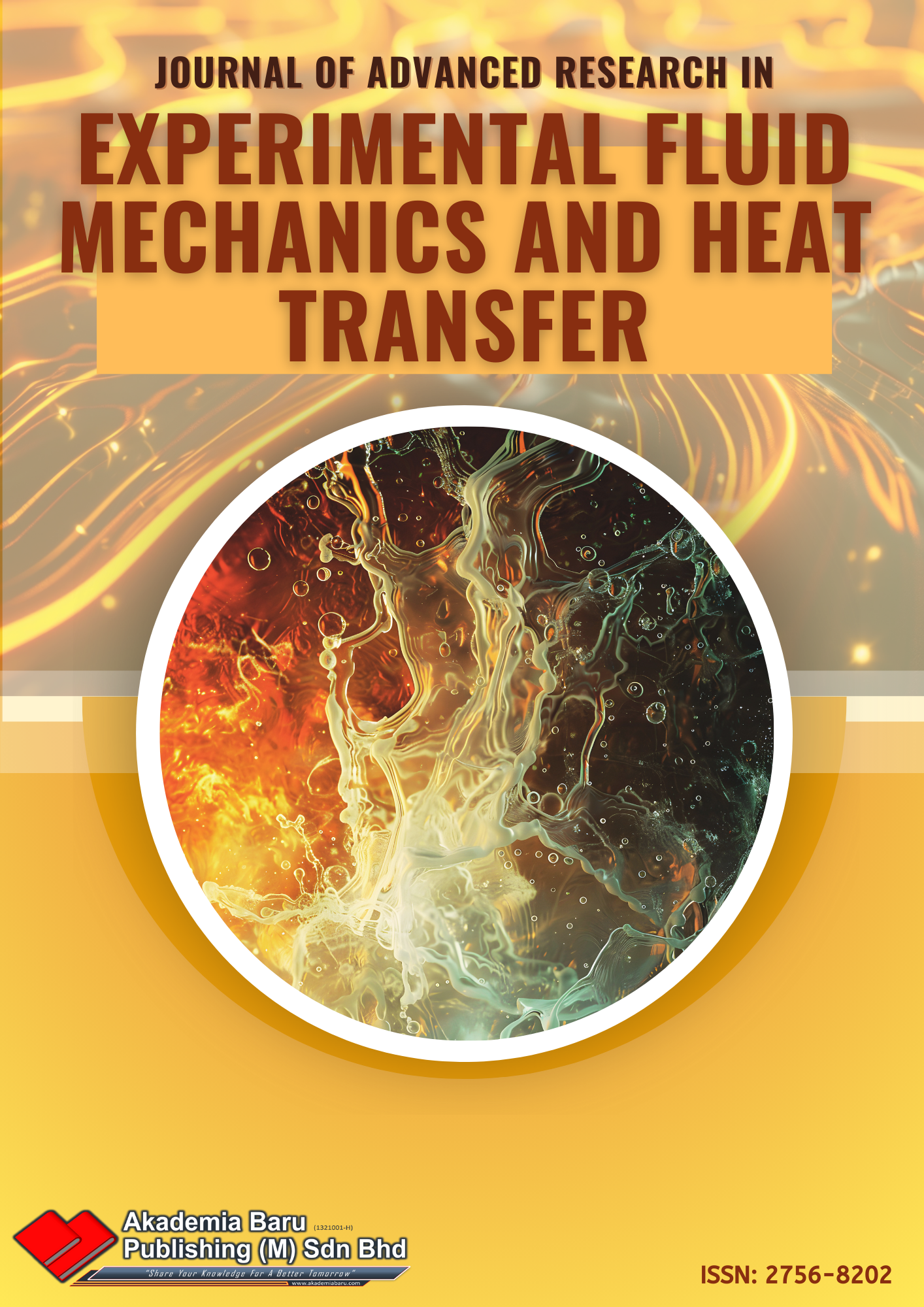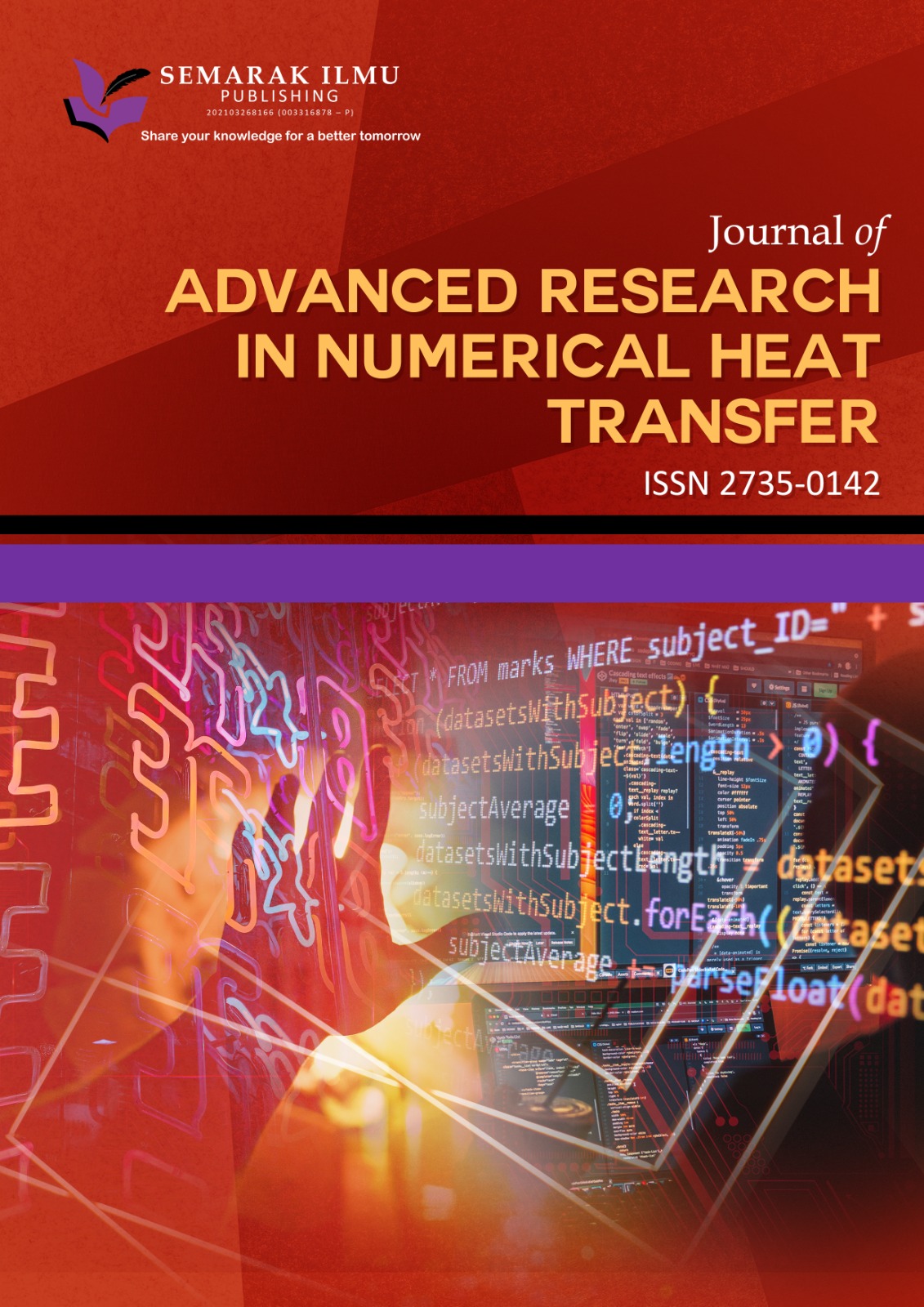Analysis of Forest Fire using Remote Sensing and GIS at Raja Musa Forest Reserve, Selangor
DOI:
https://doi.org/10.37934/araset.63.3.4353Keywords:
Remote sensing, GIS, forest fire, landsatAbstract
Malaysia is one of the tropical countries in Southeast Asia it is very common throughout the year to have natural forest fires or man-made disasters. Recently, governance awareness and eco-tourism sectors about Malaysia’s haze problem have been created. Detecting the hotspot area is very important to delineate forest fire mapping. In this study, remote sensing, and geographical information systems (GIS) have been used to evaluate forest fire conditions at Raja Musa Forest Reserve, Selangor, Malaysia. This location is known in Malaysia as one of the peatland forests which will be on fire every year. This paper reports the analysis of types of factors that influence fire occurrence at Raja Musa Forest Reserve. Landsat-8 Operational Land Imager (OLI)/ Thermal Infrared Sensor (TIRS) satellite data have been used to generate the image of the Raja Musa Forestry to be analysed for this paper. These images have been generated from June 2017 until September 2017. The specific forest fire area has been mapped using a GIS application by integrating four factors including land surface temperature (LST), Net Burn Ratio (NBR), Normalized Difference Water Index (NDWI), and Normalized Difference Moisture Index (NDMI). The highest value for LST is 34.321℃ in September and NDWI is 0.2 which show very low quantity of water. NDMI value shows that July 2017 has a higher moisture indicator than all other months but there is still has low value which can trigger the fire. While NBR2 show more high-severity areas in the Raja Musa Forest compared to NBR. The results indicate the potential factors with different indexes: very low, low, medium, high, and very high; were verified using previous studies.
Downloads






